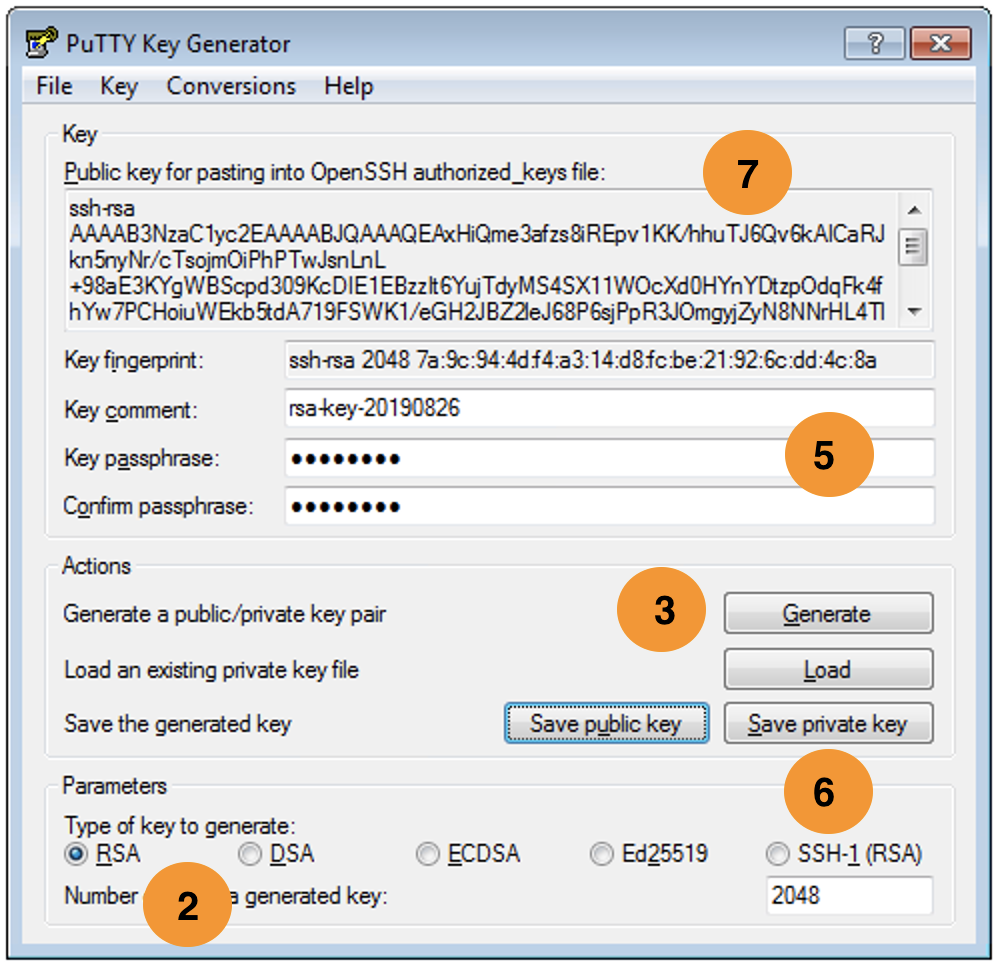
Press Enter and confirm the passphrase once more when requested. Finally, enter a passphrase to secure the key. If any keys already exist in this location, the program overwrites the data.Ħ. Otherwise, press Enter to save in the default location. If you have existing keys you want to keep, enter a new file name. The default directory and file for key storage is /home//.ssh/id_rsa. Next, the program asks where to save the file: The output prints out a message, indicating the command ran successfully. The following command starts the key generator: ssh-keygen Change the permissions to 700: chmod 700 ~/.sshĥ. Create the directory using the mkdir command for storing the new key pair: mkdir ~/.sshĤ. If there are no existing keys, the output indicates the folder does not exist:ģ. However, stating a new name for the keys saves them to different files. Generating new keys overwrites the current ones by default. If there are keys already, the output shows the directory contents: Check for existing keys with: ls -l ~/.ssh/id*
Create .cer file mac ssh keygen how to#
How to Generate & Set Up SSH Keys on CentOS 7.Ģ.How to Generate & Set Up SSH Keys on Debian 10.How to Generate SSH Keys on Ubuntu 18.04.Note: For a more detailed OS-specific tutorials, check out our in-depth guides: The basic instructions for Linux, macOS, and Windows are outlined below. Generate the SSH key pair on the local server using OpenSSH.
Create .cer file mac ssh keygen software#
For automation purposes, key management software and practices apply since the private key stays unprotected otherwise. Adding a passphrase to encrypt the private key adds a layer of security good enough for most user-based cases. The model assumes the private key is secured. The server allows access to anyone who proves the ownership of the corresponding private key. The server stores and marks the public key as approved.Ĥ. Add the corresponding public key to the server.ģ. The private key stays on the local machine.Ģ. Generate a private and public key, known as the key pair. The SSH public key authentication has four steps:ġ. Follow our guides to turn on SSH on Linux: Ubuntu 18.04, Debian 9 or 10. Command line/terminal access with administrator privileges.

This guide gives step-by-step instructions on how to implement public key authentication from scratch. Although using a strong password helps prevent brute force attacks, public key authentication provides cryptographic strength and automated passwordless logins. Instead of a password, the procedure uses a cryptographic key pair for validation. Public Key Authentication is a secure logging method using SSH.


 0 kommentar(er)
0 kommentar(er)
